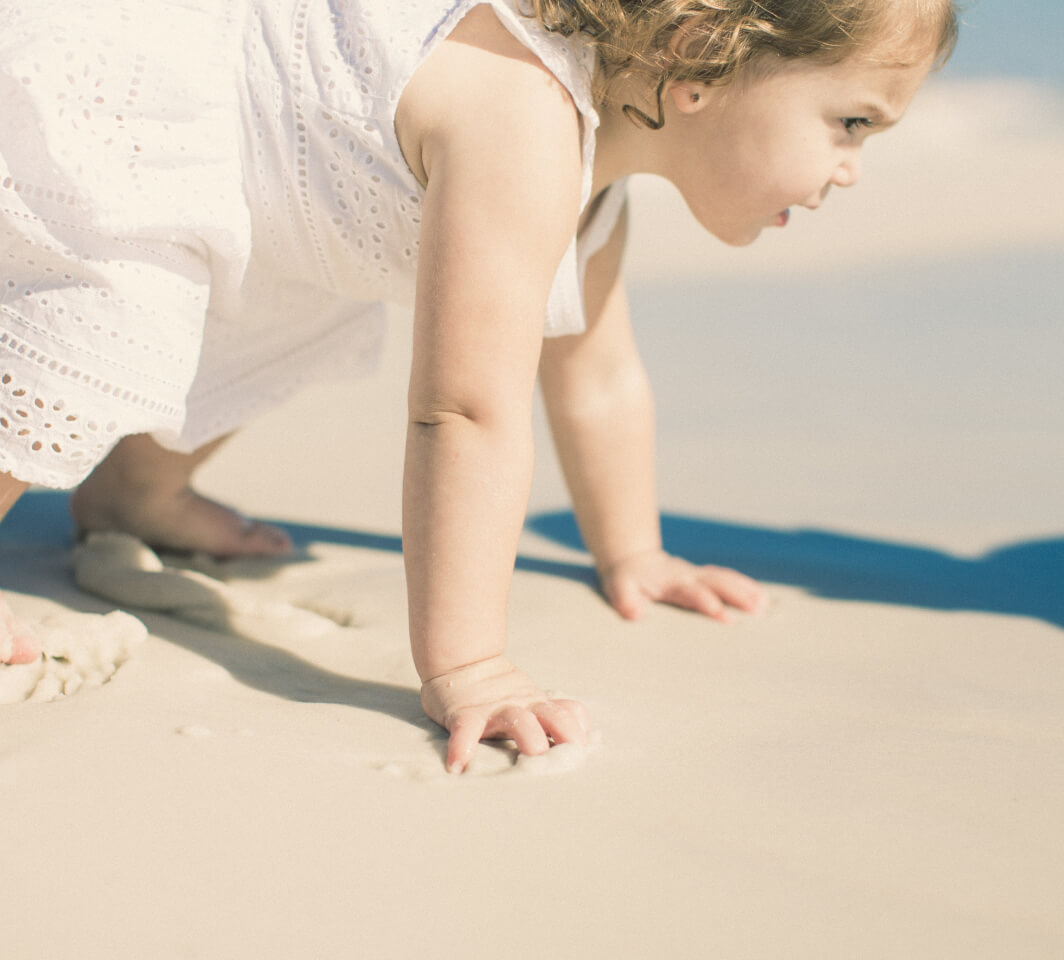If he/she can already hold onto something and stand but seems uncertain about cruising, help him/her along by lining up stable pieces of furniture to encourage cruising. Make sure that all sharp edges are babyproofed and the floor is clear.
Your baby’s first steps are a beautiful moment that you eagerly wait for in the first year. As exciting as it is, those first steps also herald a significant milestone in cognitive and physical development. If your little one is showing signs of walking – for example, pulling themselves up to stand – but hasn’t taken those all-important first steps alone yet, you may want to know how to encourage your baby to develop skills to walk.





